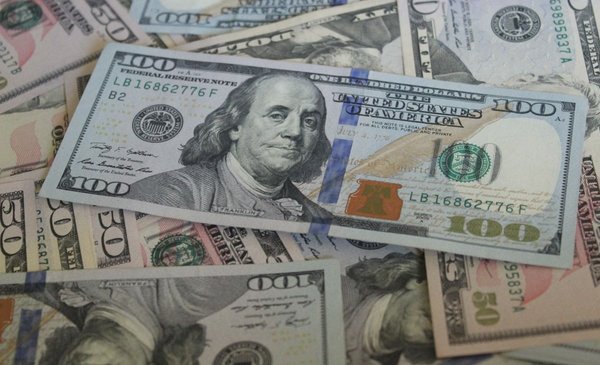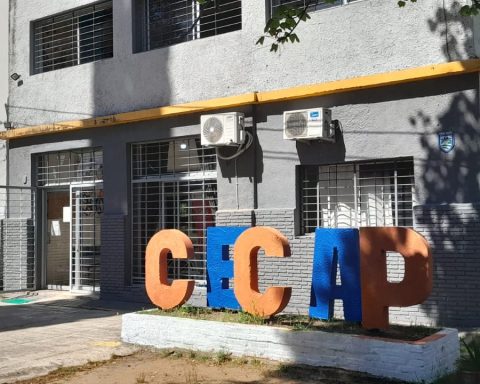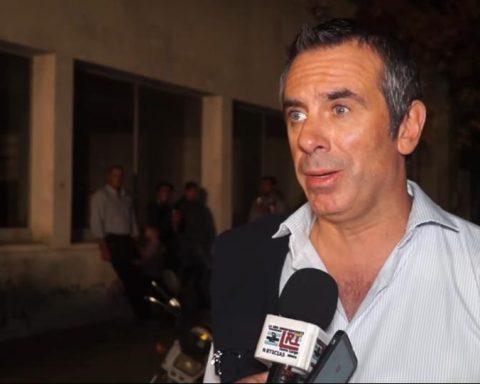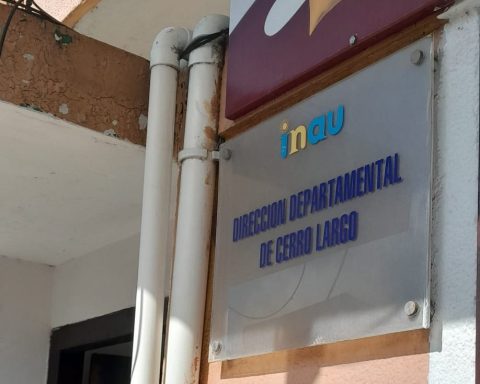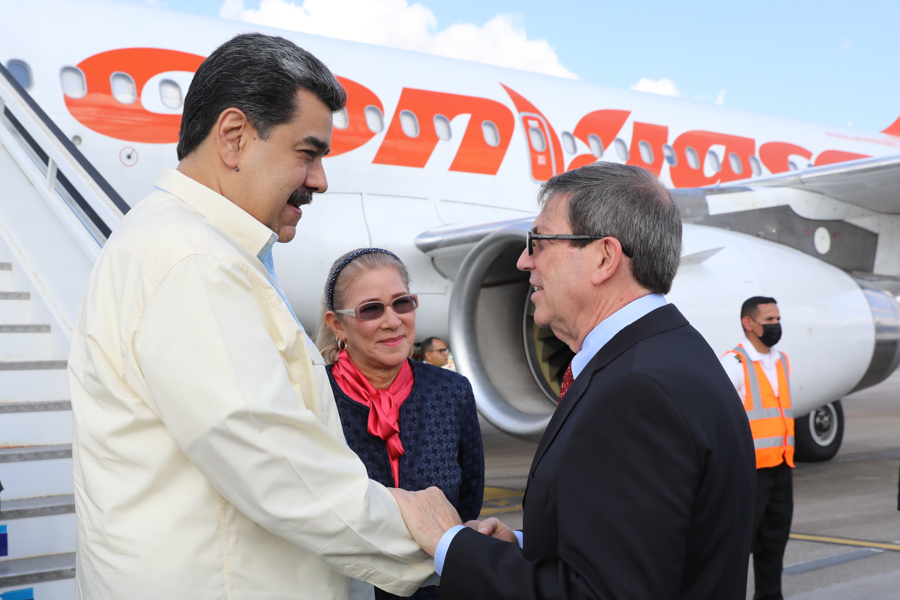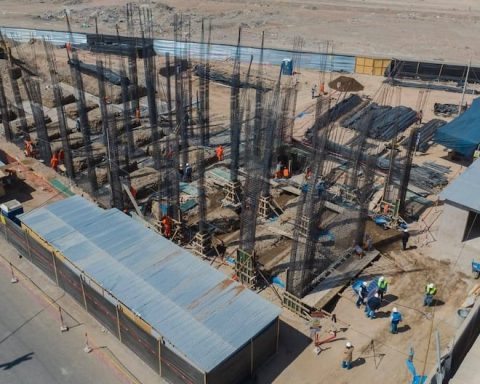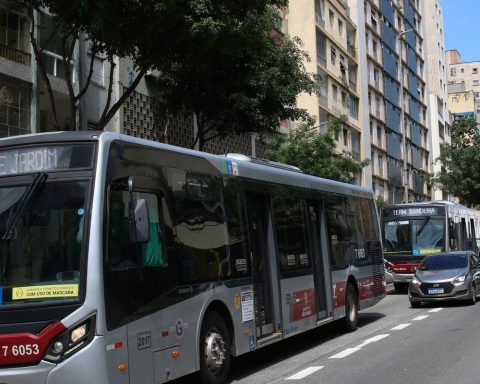The dollar completed this Wednesday its seventh consecutive day of decline in the local exchange market. The US currency lost 0.14% in the third session of the week and remained in $38,627 in the interbank average, according to data from the Electronic Stock Market (Bevsa).
Meanwhile, the last operation of the day was agreed at $38.59 with a drop of 0.28% compared to Tuesday.
So far this year, the exchange rate fell 13.6% compared to the end of 2021.
This Tuesday there were operations for a total of US$ 18 million and there was no intervention from the Central Bank (BCU).
The president of the BCU, Diego Labat, acknowledged this Wednesday that the exchange rate “has fallen significantly”, even “far beyond what was expected”.
“We always say that intervention is a tool that we do not discard”, he affirmed to radio Sarandí. Anyway she said that “The conditions have to be met and that the BCU understands that there is a reason beyond the circumstantial or very specific that warrants the intervention.”
For its part, on the board of the Bank (Brou), the dollar was offered at $37.55 for purchase and $39.75 for sale.
In Brazil, main exchange reference market, the dollar rose 0.20% to 5.3151 reais per unit.
At a global level, the Dollar Index that measures the value of the US dollar in relation to a basket of foreign currencies almost unchanged at 103.5 units.
The US Federal Reserve increased its reference rate on Wednesday by half a percentage point to 4.25% -4.5% as expected by the market, but he reaffirmed that he will continue raising interest rates and will take them above 5%.
Meanwhile, he increased his forecast of inflation for 2023 to 3.1% against 2.8% of its previous projection. It also lowered its forecast for GDP growth for the largest world power next year, to 0.5% compared to 1.2%, according to the AFP agency.
